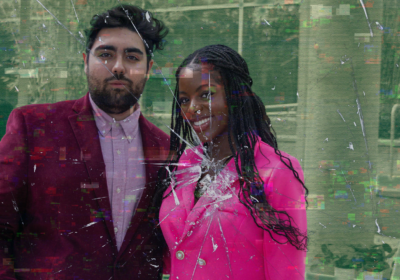2015 is the year for gay marriage legalization

Florida is bringing in the New Year with a sigh of relief for many same-sex couples as it lifts its ban on gay marriage today and joins 35 other states to have legalized it.
This step represents major progress as it brings the U.S. closer to full marriage equality. Not only did a majority of states come to legalize same-sex marriage in 2014, but the possibility is still open for several others as the matter is under court review. However, despite the progress seen last year and today, the U.S. is still lagging in consistency, as there is much left to be done to reach full equality.
For instance, the initial ruling to lift the ban on gay marriage in Florida would have only impacted one county.
Although U.S. District Judge Robert Hinkle ruled Florida’s ban on gay marriage unconstitutional last August, the ruling was specifically effective in Washington County, located in the Panhandle, as reported by CBS Miami. In Florida’s 67 other counties, clerks were not necessarily required to grant marriage licenses to same-sex couples.
On New Year’s Day, Hinkle clarified his ruling and declared clerks must issue marriage licenses under the Constitution and even threatened that those who don’t could face lawsuits. His necessary statements no longer leaves rights for same-sex couples up in the air within the same state.
The country already has enough of this, as the same issue prevails on a larger scale: 10 states outright ban same-sex marriage while a majority of them allow it.
Though the number of states with bans is significantly smaller than the number without, all same-sex couples deserve the right to marry regardless of where they live.
In a country where anyone can get married including Kim Kardashian, and her notorious 72-day marriage to Kris Humphries in 2011, as well as Britney Spears’ 55-hour marriage in 2004, it is unfathomable that happy same-sex couples are denied marriage by critics who can support a “traditional marriage” yet gawk at shows like “90 Day Fiance,” which was TLC’s highest-rated new show in 2014 and details the lives of six couples as they are pressured into making a choice to marry within 90 days before their visas expire.
By the end of 2015, the U.S. needs to have closed in on this inconsistency among states. The option to marry should be available to everyone all over the country.
This week may reveal whether or not the U.S. Supreme Court will address marriage equality in the country, as five appeals will be presented to the justices during a conference set for Jan. 9, according to Bloomberg. If the court decides to pick up this issue, a ruling could be due in June.
While this ruling would take the matter out of the states’ hands, it could firmly establish marriage rights that are currently on shaky grounds.
For instance, as reported last November in the Supreme Court of the United States Blog, the U.S. Court of Appeals for the Sixth Circuit established same-sex marriage bans in Kentucky, Michigan, Ohio and Tennessee and overturned the lower-court rulings within those states.
While marriage equality has met great strides today in Florida and throughout the country, a Supreme Court ruling could put an end to the uncertainty and inconsistency that still plagues the right for same-sex couples to marry, as seen with the current bans. The right to marry is gaining more and more legal visibility within the states, but this year the legalization of same-sex marriage should finally fully encompass the U.S. without question.






